It’s around six years since pump prices were last at present levels and, if anything, they’re likely to rise higher this year than they did then. At the time of writing, regular diesel was nudging 130ppl at many urban sites, while some motorway service areas were already displaying prices closer to 150ppl for the same product. By the time you read this, those prices will probably have risen by another 3-4p. More worrying still, by around September the ’benchmark price’ for a litre of diesel may indeed be close to £1.50 at most forecourts with correspondingly higher prices in more remote or rural areas.
The root of the problem is that demand for crude oil exceeds supply at the moment, pushing the price back towards the $100/barrel mark (and likely beyond). In part this is due to artificial restrictions on supply imposed by some OPEC members in the past year or so, which were intended to prevent prices from falling back to the $25 level seen in 2016.
Another factor was that when crude prices fell to those sorts of levels, shale-oil producers in places like Canada and the US found it uneconomical to continue production, so mothballed a lot of plant. Add to that the uncertain political situation between the US and a major oil producer like Iran, as well as the inevitable concerns about the security/military prospects in the Middle East, and we get to the present price level. Here in the UK, we have an additional, self-inflicted problem that sterling has fallen substantially against the US$ (as well as most other currencies) since the EU referendum in 2016. Hence while the dollar price of oil hasn’t yet reached the heights of 2012, we’re feeling the effects sooner than we did last time around. Of course, when the mass media eventually notice fuel prices, they’ll inevitably accuse petrol retailers and oil companies of profiteering. It’s ignorant, it’s tiresome, but that’s always how it goes. Let’s be clear: as far as petrol retailers are concerned there’s NO benefit from high fuel prices. In reality, the opposite is true. While the retailer’s margin per litre stays the same, their costs increase and demand falls (for both fuel and other products on site). The only businesses standing to make more profit out of higher fuel prices are the banks and credit card companies and eventually the administrators and liquidators of those retailers who will go out of business as a result.
need for an overdraft
As a petrol retailer, the immediate effect of price rises is that the cost of each tanker increases. For those operating on an overdraft, that means having to reduce their stock levels or asking their bank to extend their overdraft facility.
To do this, you’ll need your latest annual accounts, and almost certainly some up-to-date, reliable management accounts, before going to the bank so probably time to speak to your accountant first. And even if the bank agrees to extend the overdraft, there’s going to be a charge for doing so. Expect a bill for a few hundred pounds.
With funding in place, retailers still face cost increases. You’re going to use that higher overdraft because the value of fuel underground keeps rising. That means higher interest charges. Where payment card or bank charges are based on a percentage of transaction value, these increase as the price of fuel rises. Meanwhile, the retailer is working from a fixed gross margin per litre. The result being that the retailer’s share of that gross margin is eroded every time the pump price rises.
Those are the most immediate effects; others take a little longer to bite. It’s too soon to have any figures on drive-offs, but experience tells us that these will inevitably increase in line with fuel prices. Theft affects every retailer, but perhaps the commission operator suffers most, since their margin on each litre is a fraction of a penny but they usually have to bear the full retail price of each loss. This may be the time to dig those ’pay before you fill’ signs out of the storeroom and train your staff how to apply the policy with the necessary tact. Or if you have the facility, actually start using pay-at-the-pump now.
Traditionally forecourts have been reluctant to use pay-at-the-pump the argument being that it stops customers spending in the shop, where the real profits are made. But another of the less obvious effects of high pump prices is that they’ll reduce shop sales anyway.
If it’s any consolation, history suggests that high fuel prices don’t last forever. Economists expect crude prices to peak later this year, and barring any wars breaking out to fall back to normal levels in 2019. Until then, it’s a question of running your business as carefully as you can, and knowing precisely where you stand financially at any time.


















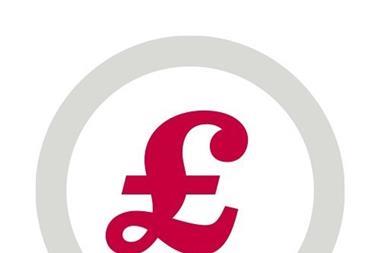
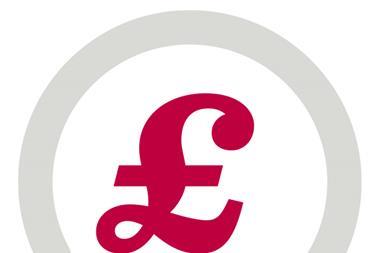
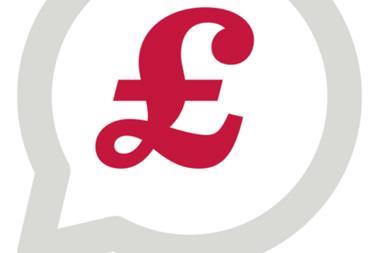
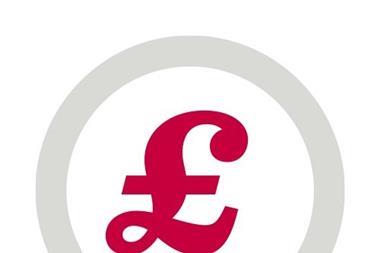

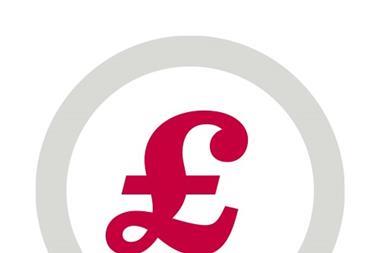
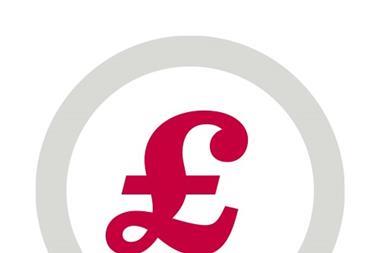

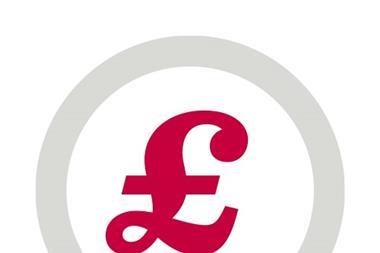
No comments yet